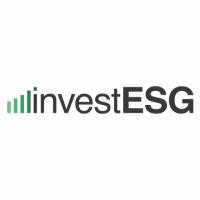ESG primary and secondary market update
Primary market remains well below expectations in 2025, Italy is the positive exception. Secondary market with positiv outlook in Germany

Photo credit: Rodion Kutsaiev / Unsplash +
Raiffeisen Research provides an update on developments on the ESG primary and secondary market in Europe (more details incl. charts in the Reports section).
ESG primary market
The EUR ESG primary market cannot come close to matching the pace of issuance seen in previous years at the start of the year. The year 2025, which is characterized by new SSA issues, remained well below expectations in February with only EUR 21 bn in new ESG issues.
On the country perspective, the issue volumes from Italy have been surprisingly positive so far, while Germany and the Netherlands are significantly below expectations compared to previous years.
As usual, Italy's above-average volumes are attributable to ESG issues in the utilities sector on the one hand, but even more so to green government bond issues and ESG issues from the banking sector on the other. The trend of green bonds no longer fully dominating the ESG primary market continued in February, although they still represented over 50% of ESG primary market issues. The first few days of March, on the other hand, increasingly point to green bond dominance again.
Secondary market
Just like the overall market, the ESG segment cannot escape general market developments
either. Geopolitical risks and concerns about a global trade war caused by Trump's tariff
policy are currently driving government bond yields in particular. By contrast, EUR risk premia
have been largely unimpressed by the various risks and are therefore merely following the
example of government bonds. Against this backdrop, the ytd total return is largely driven by
Bund yields (Chart 4) showing a plus of around 1.2 % at the end of February - in line with the
overall IG EUR index. Furthermore, the Greenium for corporates remains in the low positive
basis points range, while the other ESG asset classes also continue to trade at a spread pick-
up.

